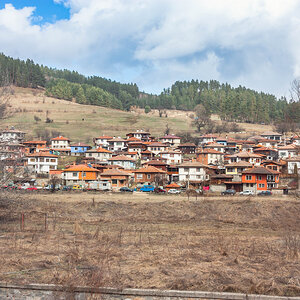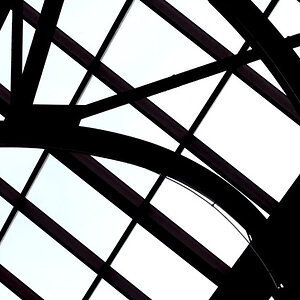- Joined
- May 1, 2008
- Messages
- 25,422
- Reaction score
- 5,003
- Location
- UK - England
- Website
- www.deviantart.com
- Can others edit my Photos
- Photos OK to edit
A translated whitepaper article written by Dr. H. H. Nasse who works for Zeiss; and something that I thought would interested a good few here
Link to a PDF of the article
Link to a PDF of the article




![[No title]](/data/xfmg/thumbnail/37/37533-7e5a25ced65c369c377ecf341b05e1d0.jpg?1619738132)









